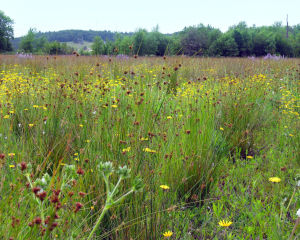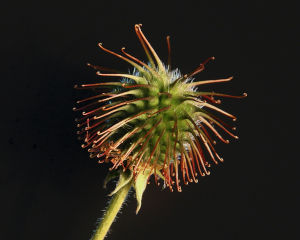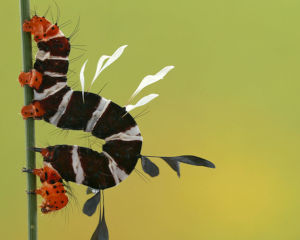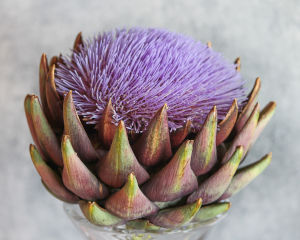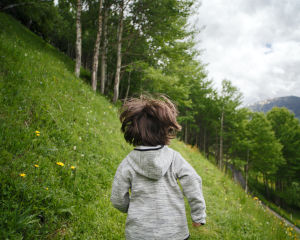

John Ruskin
“The truths of nature are one eternal change, one infinite variety. There is no bush on the face of the globe exactly like another bush; there are no two trees in the forest whose boughs bend into the same network, nor two leaves on the same tree which could not be told one from the other, nor two waves in the sea exactly alike.”
September: Drawing Trees, Observing Form, Light and Shadow
By Gayil Nalls, Liz Macklin, and Karen Bauer
Sign up for our monthly newsletter!
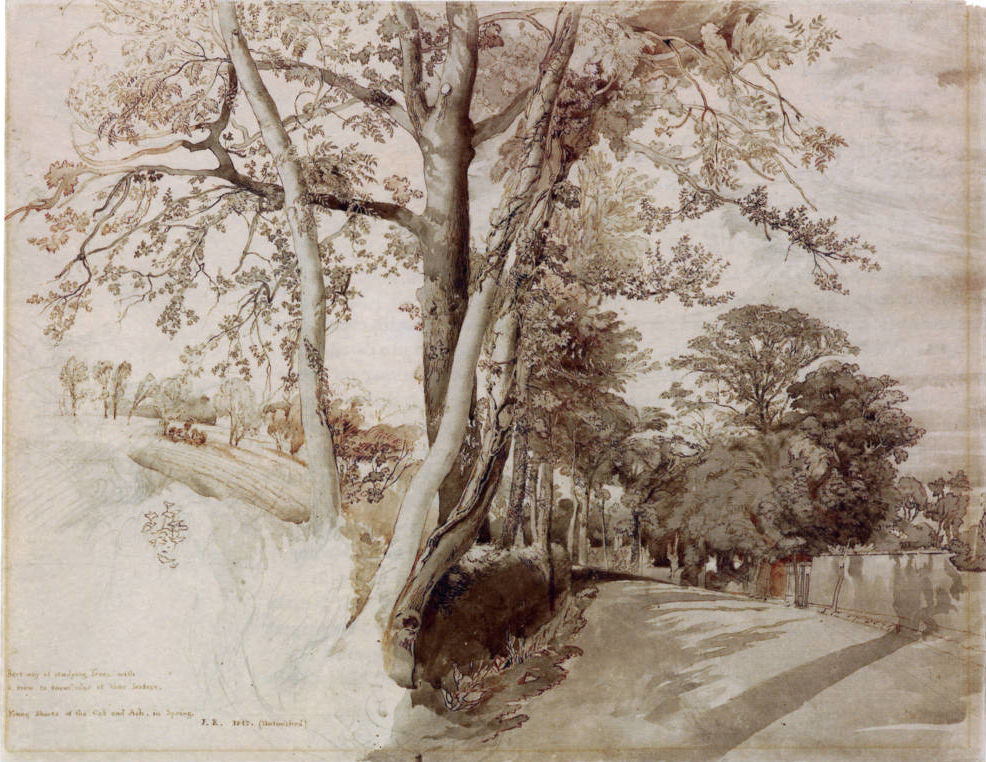
Observation and Exploration
As summer turns to fall in September, we shift from lively summer outward energy to inward energy in preparation for shorter days.
Enjoy the quality of the changing autumnal light. Take a mindful walk in nature and find a tree to sit by. Take in a deep breath, inhaling the healthy air filtered by the trees. Extend your awareness into the tree, all the way to the mycelial mat that grows beneath it. Can you sense the connection to other trees in the web of soil fungi networks that allows the trees to communicate? Consider the cycle of growth, some hidden beneath the ground, and some above, visible in the trunk and leaf canopy that may be starting to turn autumn colors.
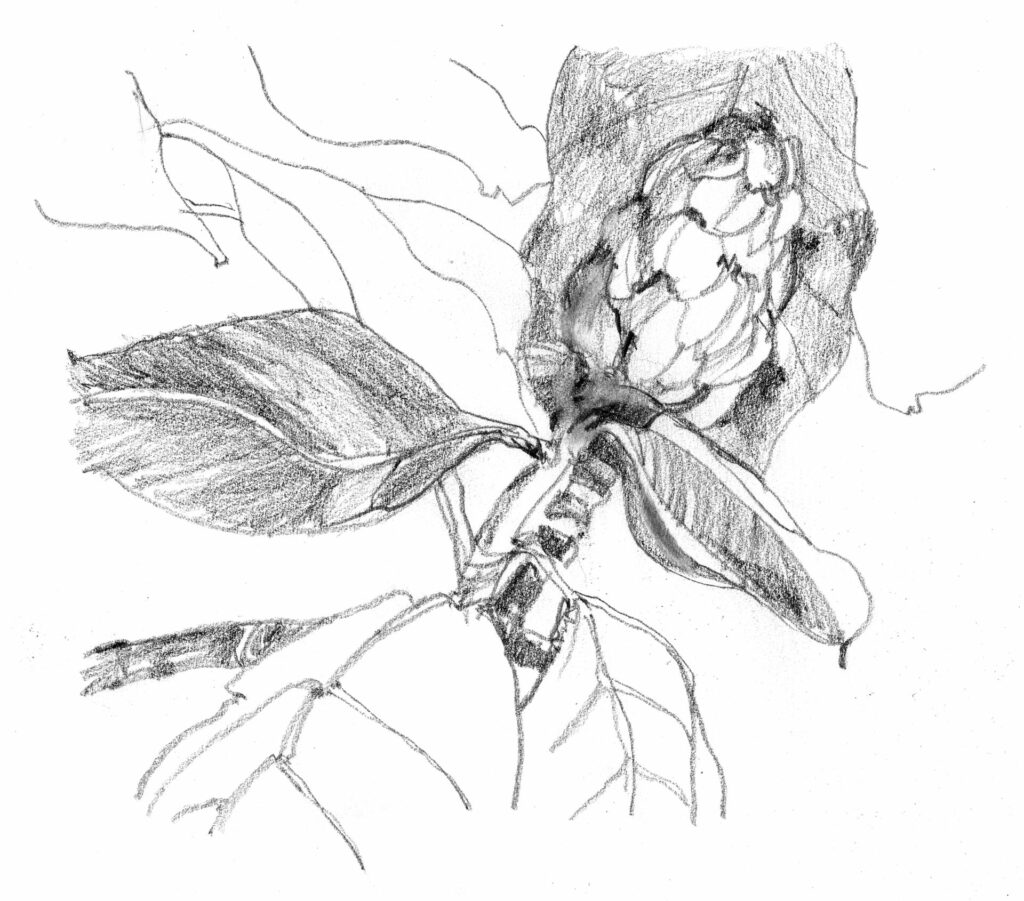
There is so much to admire and value about trees. Each is an individual with its own qualities and characteristics. Each has its own root structure, branching pattern, bark texture and foliage. As we pursue our adventures in perception, we want to observe everything about the tree, from its basic overall shape to the shadow it casts. As Ruskin said, Everything that you see inthe world around you, presents itself to your eyes only as an arrangement of patches of different colors variously shaded. Some of these patches of color have an appearance of lines or textures within them.
Lesson: Shade drawing of trees, observing form, light and shadow.
John Ruskin
“The power of shading rightly depends mainly on lightness of hand and keenness of sight.”
Before you begin your tree drawing, gather your materials which should include graphite pencils from 2H to 9B, a kneaded eraser and your smart phone to take images of the tree. Then take a moment to prepare for this exercise. Produce a gradated scale, moving gradually from dark to light.

Spend time looking at the gradation of everything in nature, observing the subtle transitions of light then back at your gradated scale. What are the tones you are mostly seeing?
Pick a singular tree to draw. Determine the direction that the light is coming from, and identify areas of light and shadow on the tree. Observe and analyze how it falls on and defines the tree’s different forms. Take photos of the tree with your cell phone and look closely at these reference images. Look at how shadows are cast on the side of the tree opposite the light source. Pay attention to how light falls across all the tree’s forms in the photo, then look back at what is in front of you.
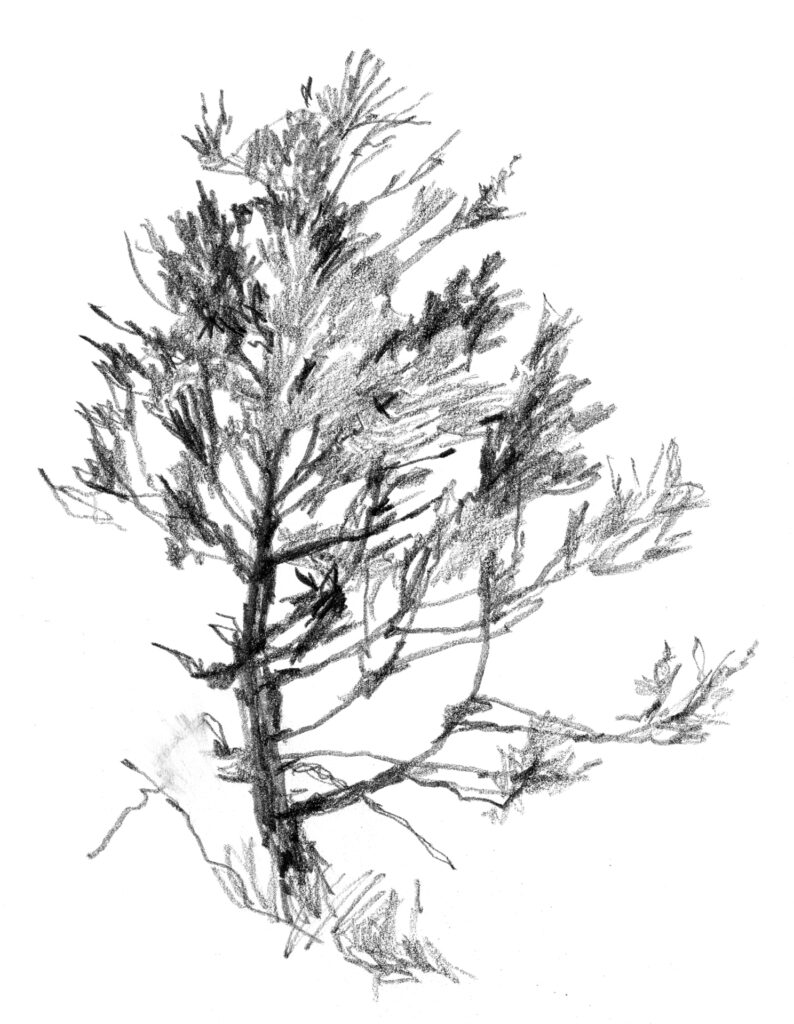
Gesture lightly on your paper to capture the entire tree using your 2H pencil. Work over the gesture drawing with contour and cross-contour lines, drawing the trunk and main branches that you can see. Once you have the tree’s shape down, check the overall composition and adjust as needed. Begin blocking in the darker shadow areas on the tree with your 9B pencil. Use your phone images to zoom in on the bark and recognize fine details. Observe the surface of the bark and indicate its general grain character and roundness in your marks. Then look at the larger volume and texture of the foliage as patterns of gradations. Build up the mid-tones of the tree using gestural patterning techniques to create texture such as that of the bark. Options include balancing values, making the gradation smoother by blending or smudging the graphite with your finger, or lifting tone with your kneaded eraser if necessary.
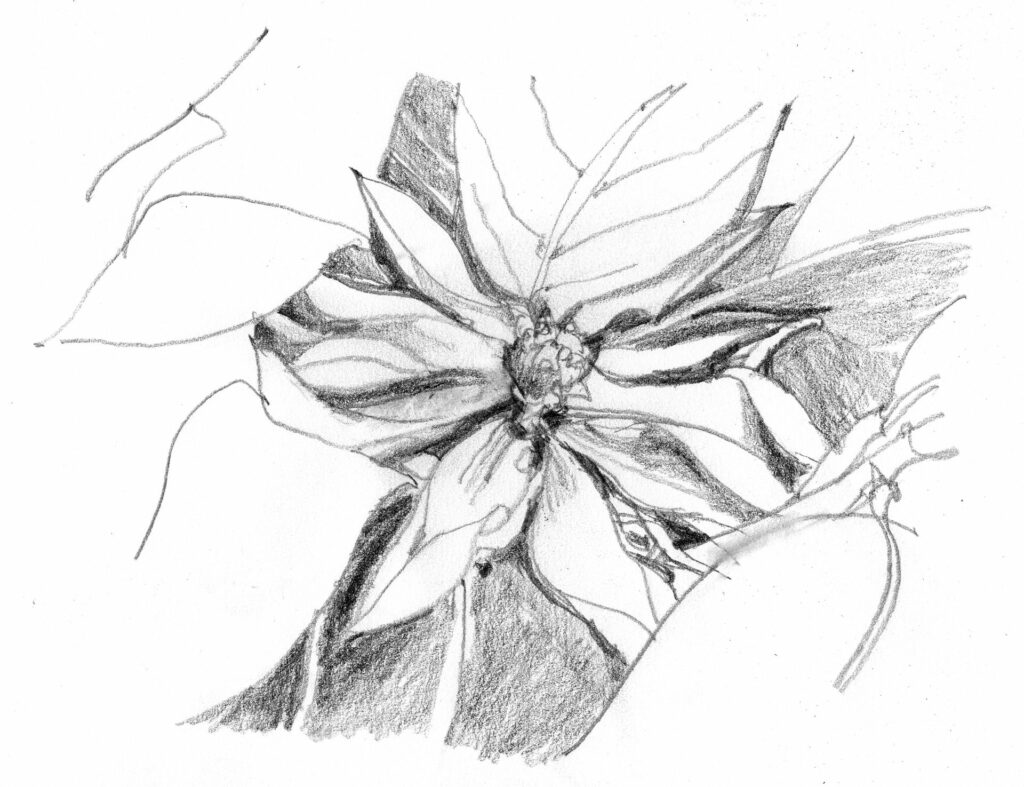
Step back and assess your drawing and your observation skills. Does it look three-dimensional? Make small and subtle adjustments to improve it and make it more accurate. Enhance and refine details such as the smaller branches. Ask yourself if it needs any additional elements, like foreground or background. Also, consider drawing the shadows the tree is casting. Observe that shadows are darker than the dark side of the tree casting the shadow.
Remember that dedicated time to practice is key to the drawing process. Every time you draw you will get better. Prioritize your creativity in your schedule.
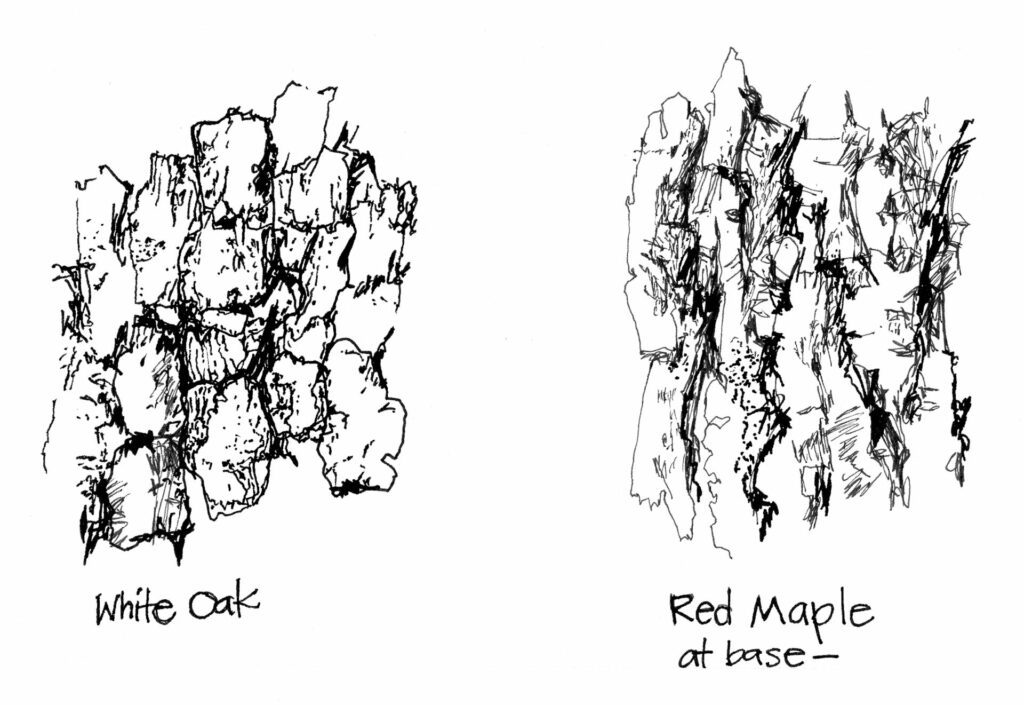
Post your drawing at #WSCNatureDrawings

As Ireland transitions from the rich, smoky scent of peat-burning to a more sustainable future, its olfactory heritage is evolving. What will become the next iconic aromatic symbol of Ireland?
Click to watch the documentary trailer.
Plantings

Eat More Plants Recipes:
Aussie Energy Balls
By Maria Rodale


